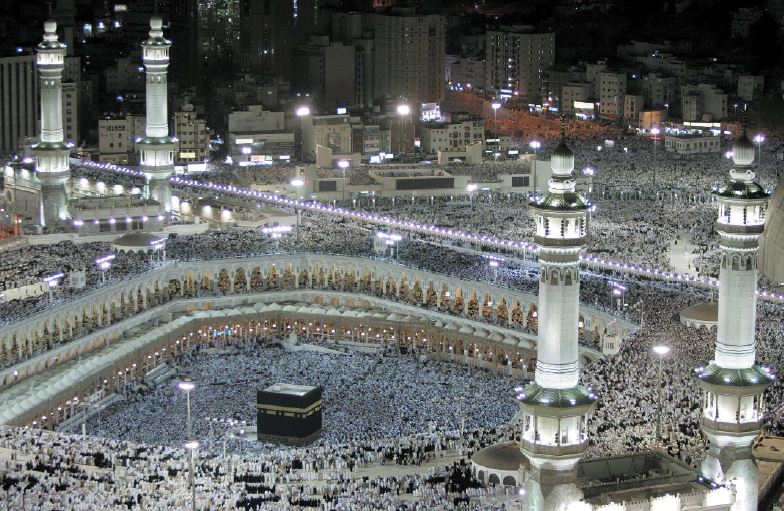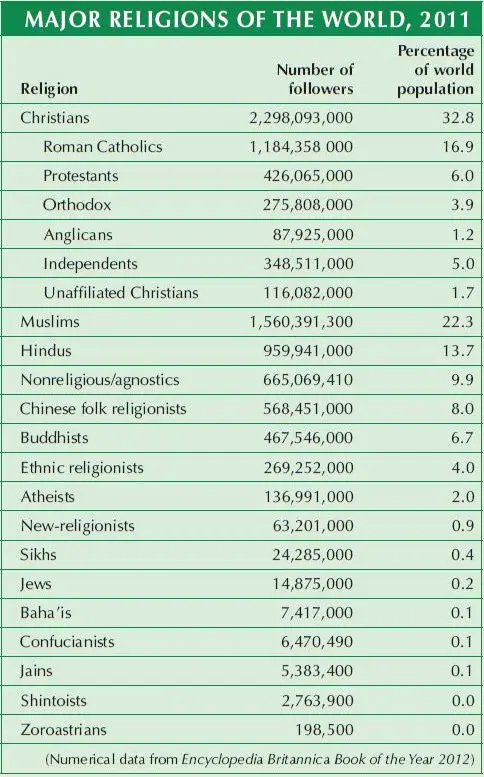History of Islam and Origin | An Introduction
Islam, in Arabic, means “submission.” Islam teaches submission to the word of God, called “Allah” in Arabic. Muslims, “those who submit,” know God’s word primarily through the Quran, the Arabic book that records the teachings of God as they were transmitted to the Prophet Muhammad (570–632). Stories of Muhammad’s life, words, and deeds, carefully collected, sifted, and transmitted over many generations, provide Muslims with models of the righteous life and how to live it. According to the Quran, Muhammad was the most recent, and final, prophet of God’s message of ethical monotheism. Devout Muslims declare this belief in prayers, which are recited five times each day: “There is no God but God, and Muhammad is his Prophet.”
Origin of Islam
Islam emerged in the Arabian peninsula, an area largely inhabited by nomadic Bedouin tribes. The Bedouins organized themselves in clans. Inhabiting the desert, they lacked the sources of water so crucial for the emergence of cities and civilizations in the ancient world; nevertheless, a few cities, such as Mecca, grew up alongside major oases. Mecca flourished as a trading center in the seventh century, but the region in general lacked the governmental institutions and the powerful emperors that supported the emergence of major religions elsewhere. Religiously, the region was polytheistic, worshiping many gods. Mecca held a prominent role in this worship. It held the Ka’aba, a rectangular building that housed a cubical black stone structure, and the sacred tokens of all the clans of Mecca and of many of the surrounding tribes as well. Serving as a center of pilgrimage and trade, Mecca brought enormous economic benefits to the traders of the Quraysh tribes who controlled the city and its shrine.
The Prophet: his life and teaching
Born in 570 to parents eminent in the Quraysh tribe, Muhammad was orphaned at an early age, and he was raised by his grandfather and later his uncle. He became a merchant, employed by a wealthy widow named Khadija. When he was 25 years old, he married her and they had four children together. Muhammad was a deeply meditative person, retreating regularly to a nearby hill to pray and reflect. In 610, when he was 40 years old, his reflections were interrupted, according to Islamic teachings, by the voice of the angel Gabriel, who instructed him: “Recite: In the name of the Lord who created Man of a blood-clot.” Over the next two decades, according to Islamic theology, God continued to reveal his messages to Muhammad through Gabriel.
Muhammad transmitted these revelations to professionals whose task it was to commit them to memory. The verses were also transcribed on palm leaves, stone, and other material. Soon after Muhammad’s death, scribes and editors compiled the entire collection of written and oral recitations into the Quran, which in Arabic means recitations. An officially authorized edition of the Quran was issued by Uthman (r. 644–56), the third ruler of the Islamic community
Approximately the length of the Christian New Testament, the Quran is considered by Muslims to be the absolute, uncorrupted word of God. Composed in poetic form, the Quran helped to define the literary standards of the Arabic language. Muslims chant and study its text in Arabic, considering each syllable sacred. Even today many Muslims reject translations of the Quran into other languages as inadequate.




